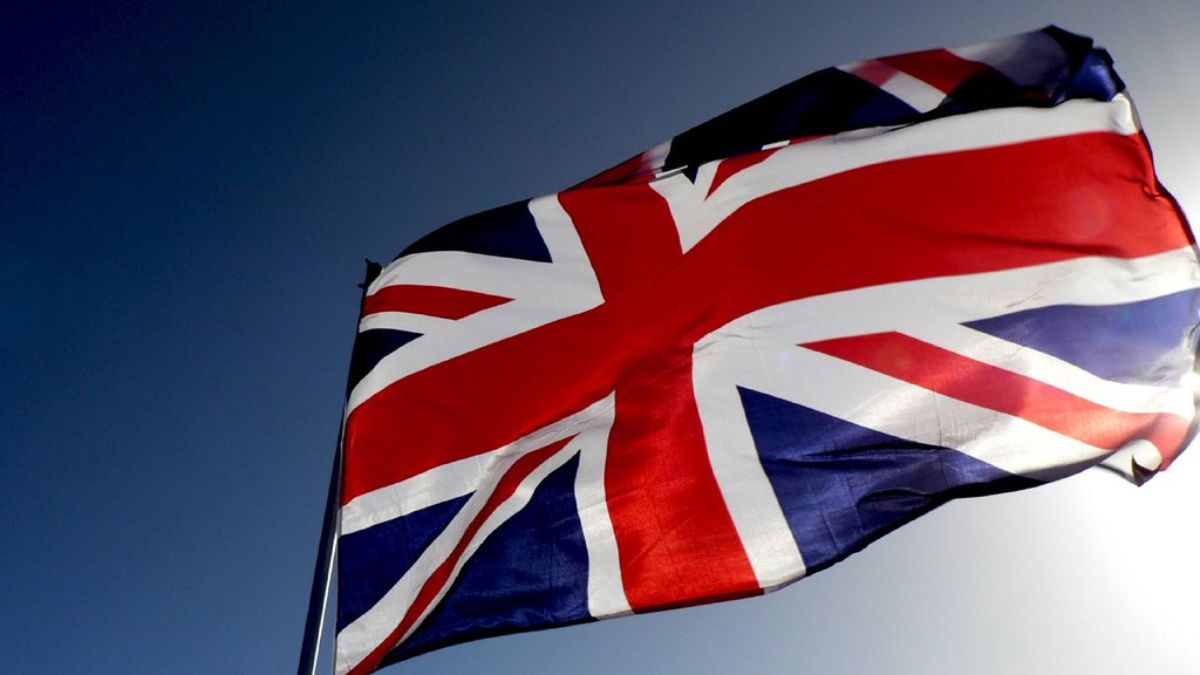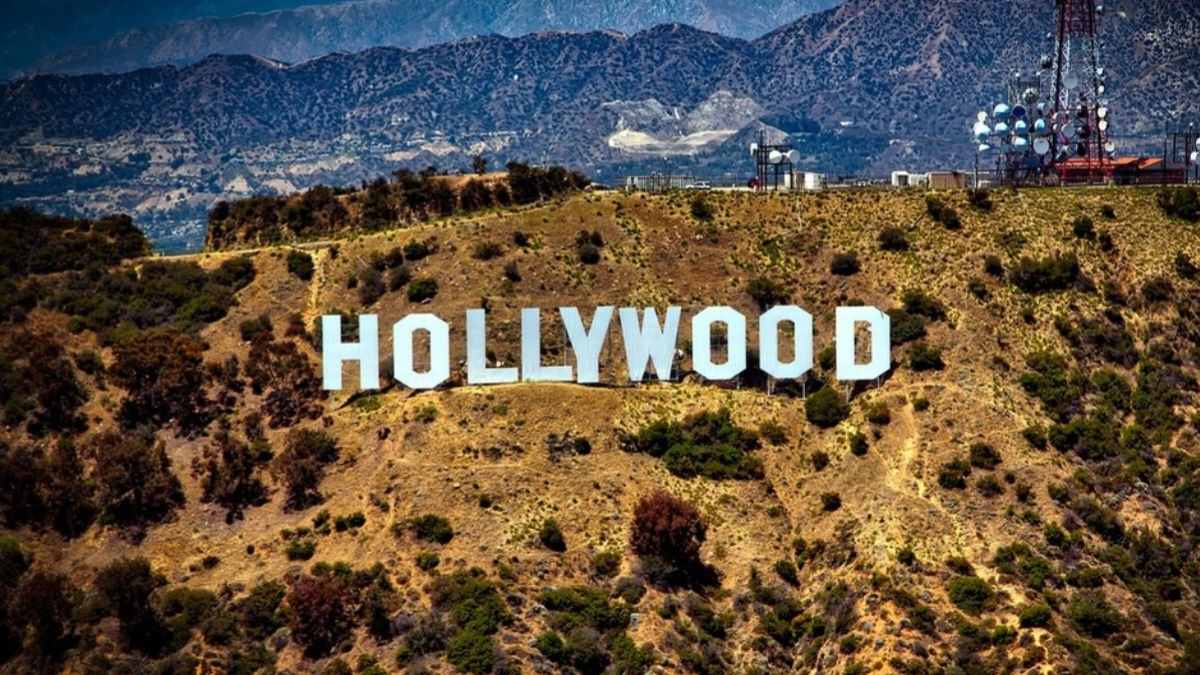The music of Pakistan is a fusion of Turko-Persian, Arab, Hindustani (North Indian), and contemporary Western influences. The music has evolved over time for the changing cultural pattern and global influences. Pakistan’s stormy political and geopolitical landscape has deeply formed the musical journey.
Pakistan as a nation arose in 1947; the region it occupies has served as a historical crossroads for millennia. The Persian Empire, Turko-Persian dynasties, the Afghan Empire, Arab Caliphates, Indian dynasties, and British colonial rule, each era created a seal on the country’s musical traditions. It has been leading to classical forms like qawwali and ghazal and the country’s ethnic diversity—Punjabis, Pashtuns, Balti, Baloch, Hazaras, Sindhis, Wakhi, Shina, and more.
What makes Pakistani music unique?
Pakistan’s unique cultural crossroads and poetic legacy make Pakistani music so unique. Distinctive sound plays a vital role here. Pakistan’s many ethnic groups have been contributing their own unique styles and forms to the country’s traditional music. The music is categorized into many genres, including folk, classical, semi-classical, Qawwali, pop, rock, etc.
The diversity of Pakistani music from the 1940s to the 21st century
The period from the 1940s to the 1970s is considered the “golden era” of Pakistani film music, a time when talented singers, composers, and lyricists came together. They created an incredible body of work that still varies in the culture. The music of Pakistan is a fusion of Turko-Persian, Arab, Hindustani (North Indian), and contemporary Western influences. The music has evolved over time in response to changing cultural patterns and global influences.
Pakistan’s stormy political and geopolitical landscape has deeply formed the musical journey. Pakistan as a nation arose in 1947; the region it occupies has served as a historical crossroads for millennia. The Persian Empire, Turko-Persian dynasties, the Afghan Empire, Arab Caliphates, Indian dynasties, and British colonial rule, each era created a seal on the country’s musical traditions. It has been leading to classical forms like qawwali and ghazal and the country’s ethnic diversity—Punjabis, Pashtuns, Balti, Baloch, Hazaras, Sindhis, Wakhi, Shina, and more.
Alam Lohar, considered to be the grandfather of Punjabi MC, today’s biggest bhangra music star, was born in 1928. Minorities in Pakistan appeared frequently on TV during the 1950s; there were exceptions as well. Sunny Benjamin John and Irene Perveen stole the hearts of young Pakistanis with their soulful music. Music in the ’60s took a turn around the world. Ahmed Rushdi, the first disco star of his generation, was produced by Pakistan, with the Beatles in the West.
“Hair dance,” a trend, has been introduced in the 1970s. This style was popular in dance parties. The 80s & 90s were surely the best era for Pakistani music. The Vital Signs, Junoon, Strings, Awaaz, Hasan Jahangir, Nazia & Zohamany moresan, Fakhr-e-Alam, and many artists, including bands, created a sensation in the music industry. In the early 2000s, the explosion of media gave young artists an opportunity to showcase their talent. TV channels saw the emergence of fresh, new faces that are now household names in Pakistan.
Halfway through the decade, Coke Studio launched. It has created a fusion of all musical genres. From combining qawwali with bhangra to ghazals with rock. It has brought artists from all over the country into one studio.
“Lyrics,” the magical tool in Pakistani songs
Pakistani song lyrics are not just about words. They hold a special place in the hearts of music lovers around the world. The song lyrics
Music in Pakistan is deeply rooted in poetry. Poetry has been a cornerstone of Pakistani music, from legends like Allama Iqbal to modern songwriters. Pakistani song lyrics add depth and emotion; they are not just simple words. Some of them create an emotional roller coaster ride in the traditional listener’s mind. The combination of and modern themes makes the lyrics more powerful and unique.
Modern artists like Atif Aslam and Ali Zafar follow the tradition of emotional depth, so the lyrics paired with soulful melodies make Pakistani music remain memorable for a long time. Romantic songs by artists like Nusrat Fateh Ali Khan’s qawwalis, which have rich lyrical depth and are cherished by millions of listeners. Artists like Momina Mustehsan and Abdullah Siddiqui are creating lyrics that reverberate with modern listeners.
‘Ghazals and Qawwalis, the root and heart of Pakistani music
Ghazals have been popular since the Mughal era.It is the root of Pakistani music.The poetry of ghazals is often romantic and melancholic.They have beautiful melodies. For the soulful performance of Ghazals, music legends like Mehdi Hasan, Madam Noor Jehan, Farida Khanum, and Ghulam Ali are famous in this subcontinent.
Qawwali, which is known as ‘the heart of Pakistani music, is another popular genre of Pakistani music. Qawwali is deeply rooted in Sufism. Qawwali is a form of devotional music that is sung in praise of Allah and Prophet Muhammad (PBUH). Nusrat Fateh Ali Khan, Abida Parveen, Amjad Sabri, and Rahat Fateh Ali Khan are called Qawwali legends. They are famous for their powerful and soulful qawwalis that have captivated audiences over decades.
Conclusion
It is clear that the Pakistani music industry has been waiting for a dazzling future. Lately, a wide range of compositions and different types of genres are being introduced. So it is clear that the industry is slowly taking its turn towards a whole new world of musical aspirations.



